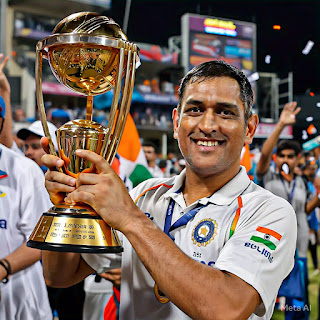# Understanding Reservation: A Comprehensive Overview
## Introduction
Reservation, in its broadest sense, refers to the practice of setting aside a certain portion of resources or opportunities for a specific group of individuals. This concept is particularly significant in the context of social justice, economic equity, and political representation. It plays a crucial role in various sectors, including education, employment, and political participation, especially in countries with diverse populations.
## Historical Context
The origins of reservation can be traced back to the need to address historical injustices and systemic discrimination faced by marginalized communities. In many societies, certain groups have been historically disadvantaged due to factors such as caste, ethnicity, gender, and socio-economic status. Reservation policies were introduced as affirmative action measures to level the playing field and provide these groups with better access to opportunities.
### Case Study: India
In India, the reservation system has its roots in the caste system and colonial policies. The British colonial administration recognized the need for social reform, leading to initiatives aimed at uplifting marginalized communities. After India gained independence in 1947, the Constitution adopted provisions for reservations in education, employment, and politics to ensure representation and upliftment of Scheduled Castes (SC), Scheduled Tribes (ST), and Other Backward Classes (OBC).
## Types of Reservation
### 1. Educational Reservation
Educational reservations are designed to ensure that marginalized communities have access to quality education. This includes quotas in universities, colleges, and schools. For instance, many educational institutions in India reserve a percentage of seats for SC, ST, and OBC students, aiming to enhance their educational opportunities and promote social mobility.
### 2. Employment Reservation
Employment reservation mandates a certain percentage of government jobs to be reserved for underrepresented groups. This practice aims to enhance workforce diversity and ensure that marginalized communities are represented in public services. In India, government jobs have quotas for SC, ST, and OBC candidates, as well as for persons with disabilities.
### 3. Political Reservation
Political reservation seeks to increase the representation of marginalized groups in legislative bodies. In India, a specific number of seats are reserved for women and SC/ST candidates in local governing bodies and the Parliament, promoting their participation in the political process and decision-making.
## Benefits of Reservation
1. **Social Justice**: Reservation policies aim to rectify historical injustices and provide equal opportunities to marginalized communities.
2. **Economic Upliftment**: By providing access to education and employment, reservation can help improve the economic status of disadvantaged groups.
3. **Diversity and Inclusion**: Reservation fosters a diverse and inclusive society, ensuring various perspectives and voices are represented in different spheres.
4. **Empowerment**: Reservation empowers marginalized communities, enhancing their self-esteem and confidence, and enabling them to contribute actively to society.
## Criticisms of Reservation
Despite its intended benefits, reservation policies have faced criticism:
1. **Perceived Inequity**: Some argue that reservation creates a sense of entitlement and may lead to resentment among those who do not benefit from such policies.
2. **Meritocracy Concerns**: Critics claim that reservation undermines meritocracy, suggesting that positions should be filled based on qualifications and competence rather than social background.
3. **Tokenism**: There are concerns that reservation may result in tokenism, where individuals from marginalized groups are included without genuine empowerment or support.
4. **Sustainability Issues**: The long-term effectiveness of reservation policies is debated, with questions about their relevance as societies evolve.
## Conclusion
Reservation remains a critical and contentious issue in many societies. While it has played a significant role in promoting social justice and equity, ongoing debates about its effectiveness and implementation highlight the complexity of addressing historical grievances and ensuring true equality. As societies continue to evolve, it is essential to reassess and refine reservation policies to achieve a balance between affirmative action and meritocracy, ultimately fostering a more inclusive and equitable world.












